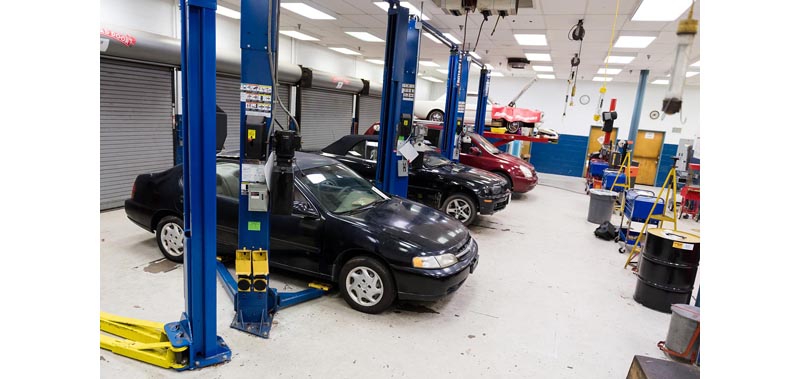Light vehicle aftermarket parts proliferation continues to build, increasing inventories and logistical burdens on manufacturers, distributors, retailers and installers
Fort Wayne, Ind.—The array and number of parts needed to repair the growing diversity of cars and light trucks on U.S. roads are increasing exponentially, driving a parts proliferation problem that is expanding across the light vehicle aftermarket, states Lang Marketing in its latest report.
There are four major factors contributing to the increasing proliferation, which will have implications for vehicle repair and aftermarket product distribution in the U.S. Lang Marketing projects that parts proliferation in the car and light truck aftermarket will build for the foreseeable future, increasing inventories and the logistical burdens on manufacturers, distributors, retailers, and installers.
The four factors that are driving parts proliferation in the U.S. aftermarket include foreign nameplate growth, increasing vehicle age, advancing vehicle technology, and electric vehicles.
The following are highlights from Lang’s analysis.
Factor 1: Foreign Nameplates
Foreign nameplates are rapidly increasing their number and share of light vehicles in operation, and will climb significantly in the next few years, and will account for approximately 53% of all cars and light trucks in operation by 2025.
As the foreign nameplate population increases, its age mix is also changing. These factors add to the number and variety of products required for timely car and light truck repair.
Factor 2: Vehicle Age
The average age of light vehicles continues to climb and the number of cars and light trucks at least 12 years old will have increased between 2020 and 2025. Lang additionally notes that during that span the average age will have increased by over three-quarters of a year. As a result, the changing vehicle age mix is extending the vehicle age range for which parts must be carried in aftermarket inventories.
Low new vehicle annual sales and the growth of older vehicles are also shifting mileage from newer to older cars and light trucks.
Factor 3: Vehicle Technology
Vehicle complexity is increasing, with advancing technology affecting virtually all vehicle operating systems. Growing vehicle technology is adding significantly to the breadth of parts that manufacturers, distributors, retailers, and installers must carry to enable the timely repair of light vehicles.
The number of smart parts, vehicle components with special sensors and software, will have increased “dramatically” in aftermarket volume between 2020 and 2025. During those 5 years, vehicles with advanced driver-assistance systems (ADAS) will have climbed at more than three times the annual pace of the overall VIO.
Advancing vehicle technology will also increase the cost of DIFM aftermarket products and services.
Factor 4: Electric Vehicles
While electric vehicles do not account for a significant share of the VIO at this time, aftermarket products for EVs must be available across a wide range of vehicle systems.
As the EVs in operation increase in age, their need for aftermarket products will also increase, adding significantly to parts proliferation. More new EV models expected in dealer showrooms over the next few years will also increase the array and number of EV replacement parts that must be carried in aftermarket inventories.
Distribution Impact
Many participants in multi-tier distribution channels, particularly the traditional distribution channel, have long believed that more extensive inventories favored their distribution methods and capabilities.
Lang states, however, that over the past 10 years the integrated channel (distribution characterized by product ownership not changing hands from when products are purchased from manufacturers to their sale to end-users) has grown faster than multi-tiered distribution channels. Much of this growth has been fueled by the increasing share of aftermarket volume generated by eCommerce.
Future Developments
Parts proliferation does not necessarily benefit one type of distribution channel over another.
However, Lang states that the rapid increase in parts proliferation is inspiring a growing array of distribution innovations aimed at solving the ever-increasing challenges presented by parts proliferation.








Comments are closed.